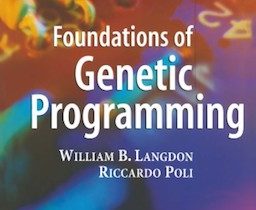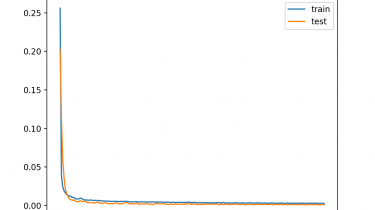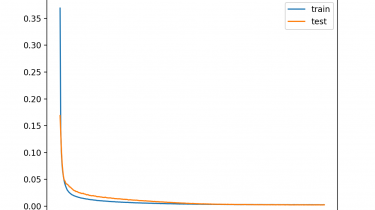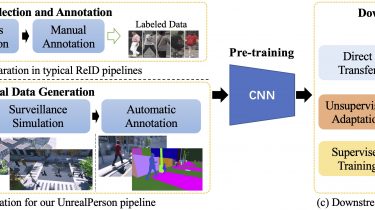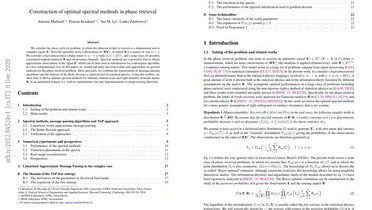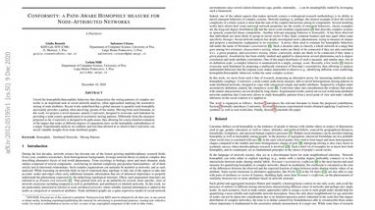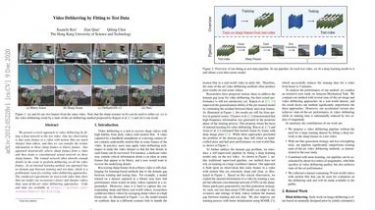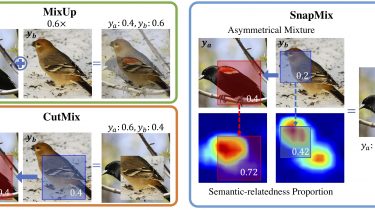Books on Genetic Programming
Genetic Programming (GP) is an algorithm for evolving programs to solve specific well-defined problems. It is a type of automatic programming intended for challenging problems where the task is well defined and solutions can be checked easily at a low cost, although the search space of possible solutions is vast, and there is little intuition as to the best way to solve the problem. This often includes open problems such as controller design, circuit design, as well as predictive modeling […]
Read more